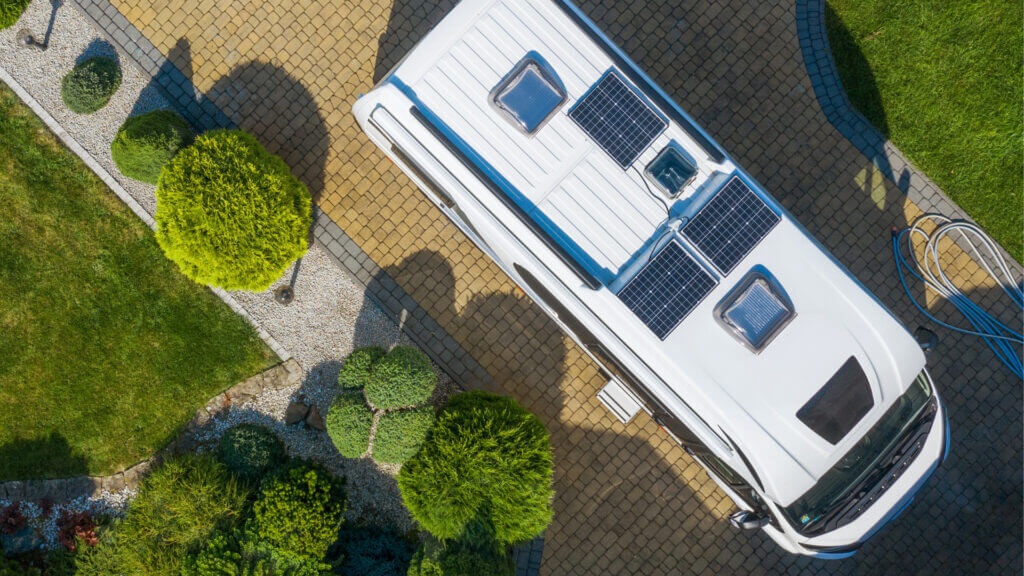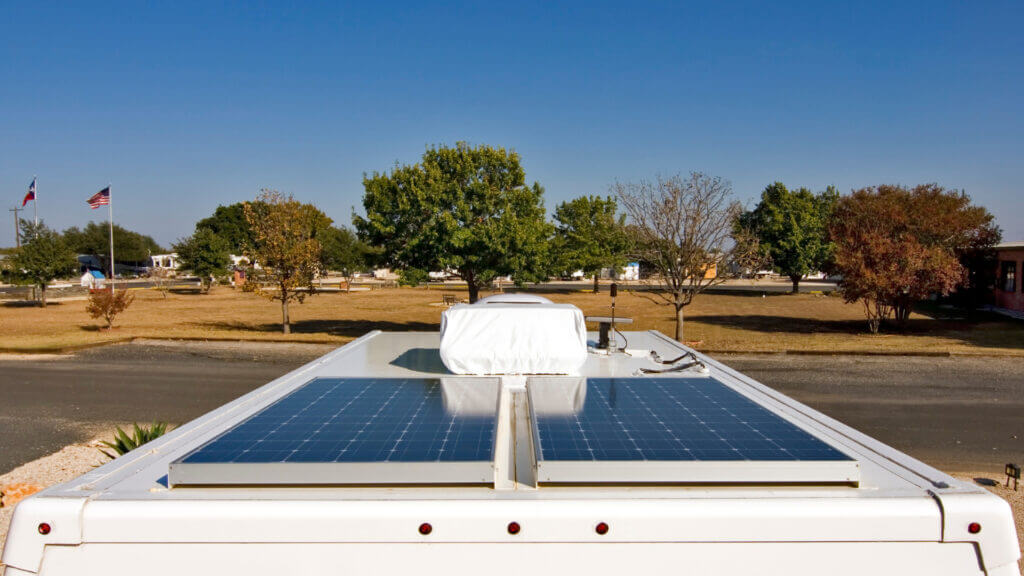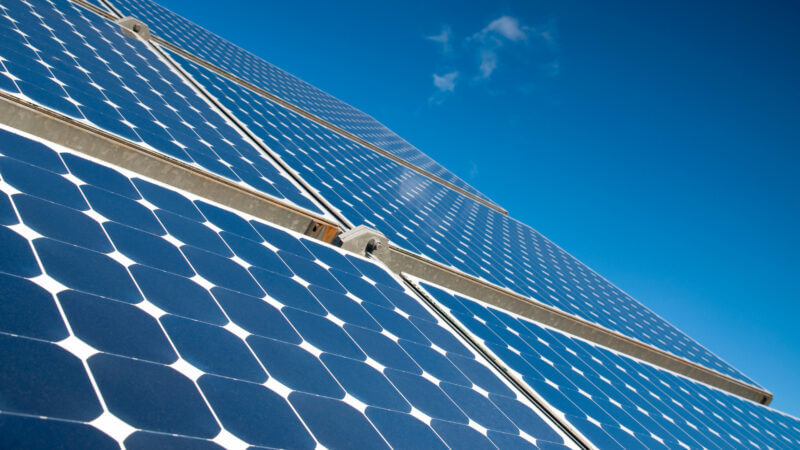Table of Contents Show
So you’re setting up a solar array on your RV roof, and you want to connect several panels? Fantastic! The first step for many is deciding if you want solar panels in series vs. parallel. If that’s you, you’ve come to the right place! Let’s investigate the difference.
What Does Wiring Solar Panels in Series Mean?
Like batteries, solar panels have two terminals–a positive and a negative. When you wire solar panels in series, you join one panel’s positive side to the other side’s negative. You won’t need anything other than the panels and the leads (wires).
You’d want this wiring method if you want increased voltage. Essentially, it adds the voltage together, but the amperage remains the same.
So, if you were to connect in series two 40-volt solar panels with 5 amps each, the voltage would increase to 80 volts (40V+40V), while the amperage would remain at 5 amps.
In smaller systems, solar panels are most often wired in series using an MPPT charge controller. These devices can accept a higher voltage input while still charging 12V and 24V batteries.
Series connections also easily transfer across long distances, which means you can have several solar panels wired in series. Plus, you can run the wiring a long distance using a 10 or 14-gauge wire.

What Does Wiring Solar Panels in Parallel Mean?
When you wire solar panels in parallel, you join the positives to the positives and the negatives to the negatives. There are different ways to do this, but you’ll usually use a branch connector with smaller solar systems.
A parallel connection is opposite to a series connection. It means the amps increase, but the voltage remains the same. Many people wire 12V systems with multiple panels in parallel to keep the charging capabilities to 12V.
Increasing amperage can have a downside, however, primarily in the cost. High amperage has difficulty traveling long distances unless you use very thick (expensive) wires. Also, you’d need to purchase branch connectors and a combiner box.
Are Series or Parallel Better?
That depends on your application. Consider both voltage and amperage when determining how you want to wire your solar panels. Remember, series equals increased voltage, and parallel equals increased amperage.
One reason you might want to connect your solar panels in series is to meet the operating voltage requirements of your inverter as well as the voltage requirements for charging your 12V DC batteries.
However, wiring in parallel allows you to have more solar panels producing energy without exceeding your inverter’s voltage limits. So it all depends on your system size, how you’re using it, and the components you’ll use with it.
Common Arguments for Parallel Over Series
To understand one of the most common arguments against wiring in series, think about dealing with Christmas lights. One disconnected bulb can short out an entire strand!
When panels are wired in series, they depend on each other in a similar way. So, if you have a panel in the shade, it will affect the entire array. The same goes if one solar panel breaks or malfunctions. Your power will decrease as a whole because of a single panel.

Can You Have Both?
Yes, you can wire your solar system serially or parallelly. Large solar systems usually use a hybrid connection method to achieve the critical balance of voltage and amperage so that the solar system can perform optimally.
In conclusion, deciding which way to wire your solar panels simply comes down to voltage, amperage, and system size. Wire them accordingly, and don’t be afraid to seek professional help for the best advice!






